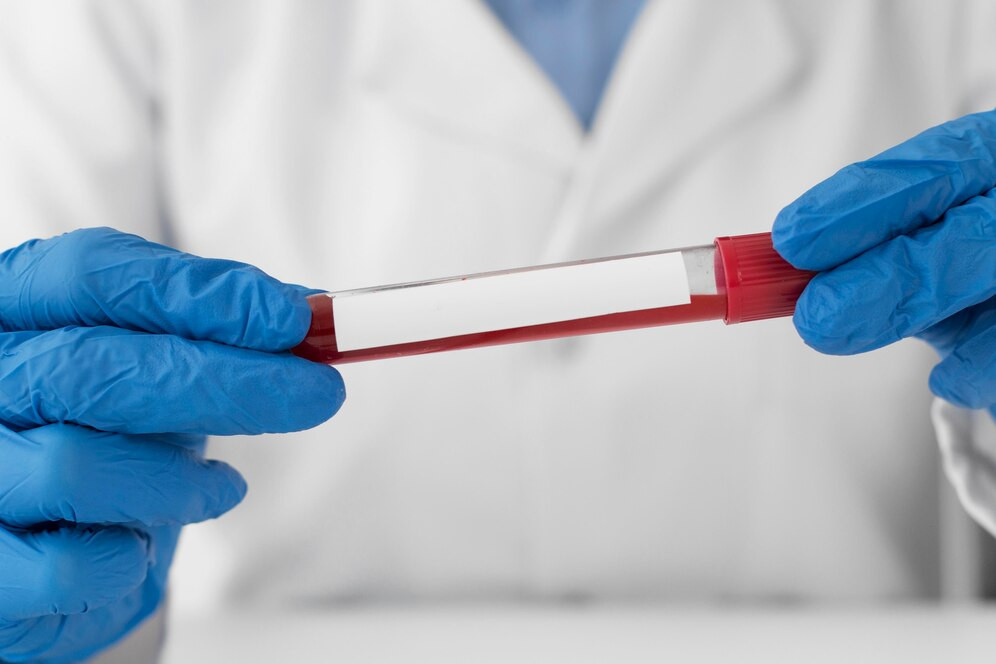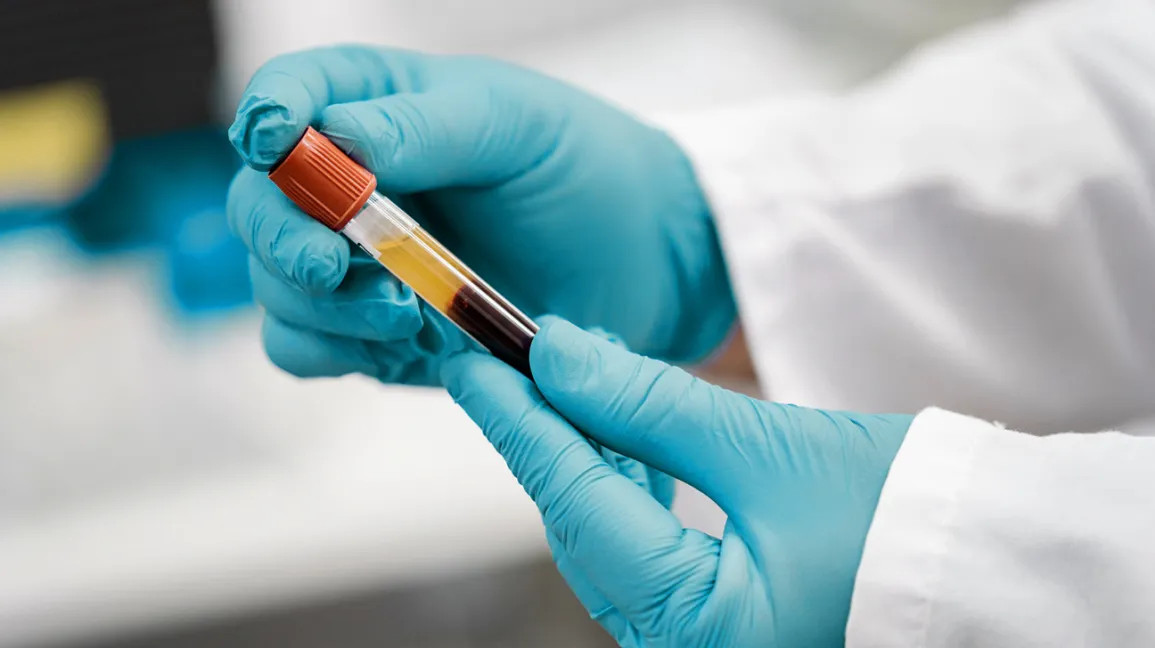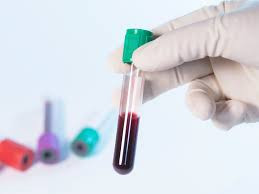Definition
Therapeutic drug monitoring is a test that identifies the concentration of specific medications in bloodstream. In this case, It is done to ensure that the dosage of medication you are taking is safe and efficient. Theophylline monitoring assesses the concentration of theophylline in your blood.
Theophylline is a medicine prescribed as a second-line treatment for respiratory diseases like asthma and chronic obstructive pulmonary disease (COPD) that cause you to have breathing problems. Occasionally, this medicine is recommended for neonates, particularly premature babies, to improve their respiratory and lung function.
Theophylline has anti-inflammatory properties in the lungs and airways, causes relaxation of smooth muscles in the airways and digestive system, and stimulates the central nervous system. Typically, medications may be accurately dosed without the need for specific testing. However in some cases, determining an appropriate dosage and ensuring whether the treatment is effective without triggering harmful side effects can be challenging.
High levels of theophylline in your bloodstream can be detrimental. Your healthcare practitioner may choose to assess the theophylline levels in your body following the administration of this medication. This test assists healthcare practitioner in determining if you are receiving the appropriate dosage of theophylline.
We also have an article on asthma which you can read here: Asthma - Definition, Risk Factors and Management.
Indication
Theophylline monitoring is utilized to optimize dosages for individuals on medications that are challenging to dose accurately. If healthcare practitioner prescribes theophylline for your medical conditions, you may require this test.
Serum theophylline levels should be measured when starting treatment to help doctors adjust the final dosage, before increasing the dosage for patients with ongoing symptoms, if signs of toxicity appear, with new or worsening illness, or when a change in treatment affects theophylline clearance (the rate at which theophylline is removed from the body). An excessive amount of theophylline might be fatal.
Contraindication
There are no individuals for whom it is advised against to check their serum theophylline level; everyone is eligible to undergo blood tests for monitoring the levels of theophylline in their bodies.
Preparations Prior to Test
Inform your healthcare practitioner about the amount of theophylline you have taken. There are medications accelerate the elimination of theophylline from your body. As a result, the test result could be lower than it is supposed to be.
Some medications could also slow down the metabolism of theophylline in the body, resulting in your test findings to be higher than it is supposed to be, they are:
- Cimetidine is utilized to address issues associated with stomach acid
- Birth control pills
- Specific antibiotics like erythromycin, clarithromycin, ciprofloxacin, and norfloxacin, as well as fluvoxamine, an anti-anxiety medication
Your healthcare provider may arrange your test to be taken either before or after your regular medication, or instruct you to abstain from taking the specified medications before the test for the time being. Seek advice from your doctor about whether you should take your usual medications before the examination.
Test Procedures
A healthcare professional will extract a blood sample from a vein, usually in your arm, using a tiny needle. Once the needle is placed, a little amount of blood will be drawn into a test tube. You may experience a slight stinging sensation when the needle is inserted or removed. The blood sample could be collected around 3 days following the start of treatment or dosage adjustment.
After the patient is stable, theophylline levels should be tested at either 1-2 hours or 4-12 hours after the medicine is taken, depends on the form of theophylline given, whether the medicine is in the form of oral solution or tablet.
Normal And Abnormal Values
Your results will indicate whether the amounts of theophylline in your blood fall within a therapeutically beneficial yet non-hazardous range. This is known as the therapeutic range.
For optimal airway (bronchus) dilation in individuals who experience airway narrowing such as asthma patients, most people need a theophylline level of 10-20 mg/liter in their blood. But in some cases, a concentration as low as 5-15 mg/liter can still be beneficial. Reduced doses may be necessary in elderly, patients with heart failure, or those with liver dysfunction.
Below are the specified therapeutic ranges for theophylline in some conditions.
- The reference ranges for theophylline in asthma treatment differ according to age:
- Adults: 5-15 µg/mL
- Children: 5-10 µg/mL
- The therapeutic range for theophylline in treating newborn apnea is 6-11 µg/mL.
Results and Suggestions (Follow-Up Tests)
If your test results fall outside of this therapeutic range, your healthcare professional may need to modify your theophylline doses. If theophylline dosage is adjusted, you may undergo multiple tests until your theophylline levels reach the optimal range.
Optimal theophylline levels in the blood within the standard reference ranges achieve the intended benefits while reducing potential side effects that could happen. The test informs the doctor when the theophylline dose can be modified within this range to achieve a therapeutic impact if the patient still experiences symptoms.
Levels over 20 mcg/mL can be dangerous and may result from excessive theophylline consumption in a brief timeframe. Elevated theophylline levels in the blood raise the likelihood of toxicity.
Side effects consist of:
- Nausea
- Vomiting
- Headaches
- Gastrointestinal discomfort
- Increased urination
- Sleep disturbances
- Irregular heartbeats
- Changes in behavior
- Epileptic seizures
Consult to The Right Doctor
Test results can differ based on factors such as age, gender, medical history, or other factors such as the utilized laboratory. Consult your doctor or internist to interpret the implications of your test results.
Want to know more information about laboratory, radiology and other examination results? Click here!
- dr Hanifa Rahma
Therapeutic Drug Monitoring. (2021). Retrieved 16 January 2023, from https://medlineplus.gov/lab-tests/therapeutic-drug-monitoring/
Theophylline. (2023). Retrieved 16 January 2023, from https://www.ncbi.nlm.nih.gov/books/NBK519024/
Theophylline monitoring. (2023). Retrieved 16 January 2023, from https://www.sps.nhs.uk/monitorings/theophylline-monitoring/
Theophylline Level. (2020). Retrieved 16 January 2023, from https://emedicine.medscape.com/article/2090395-overview
Theophylline. Retrieved 16 January 2023, from https://www.urmc.rochester.edu/encyclopedia/content.aspx?contenttypeid=167&contentid=theophylline
Theophylline. Retrieved 16 January 2023, from https://medlineplus.gov/druginfo/meds/a681006.html


/6302127de39a5.jpg)









